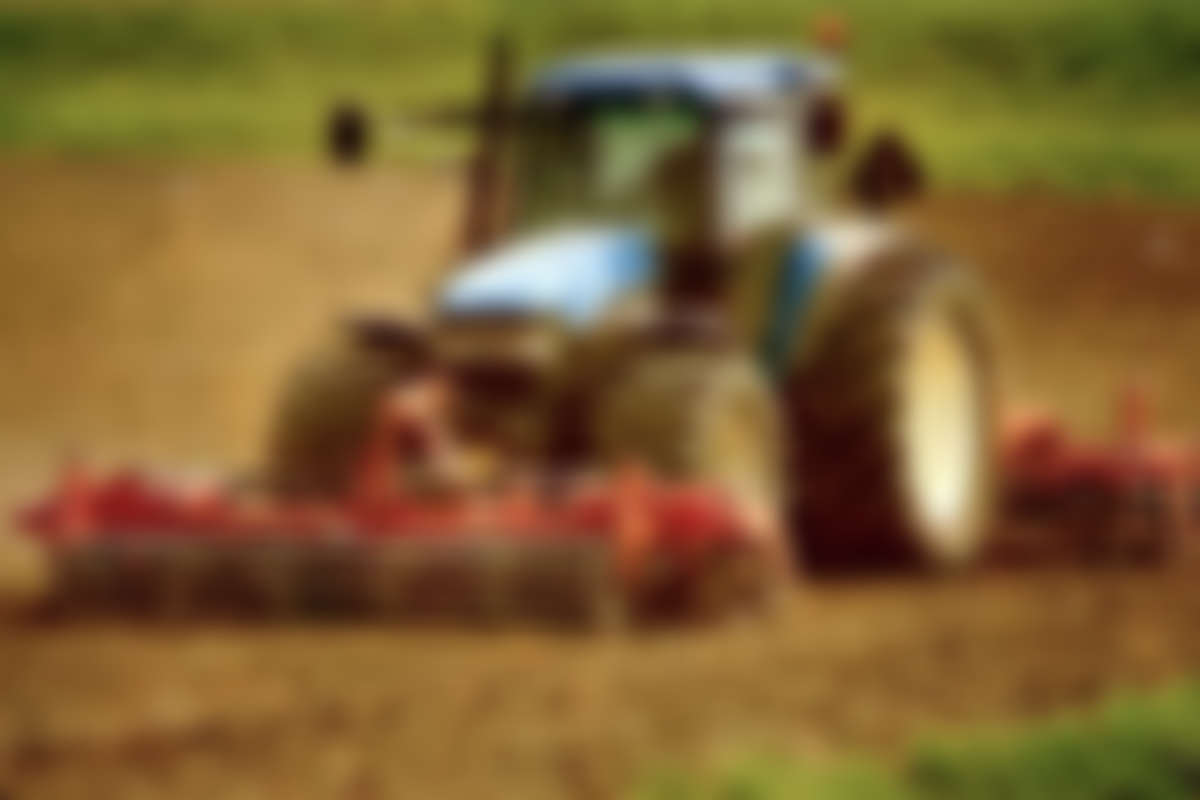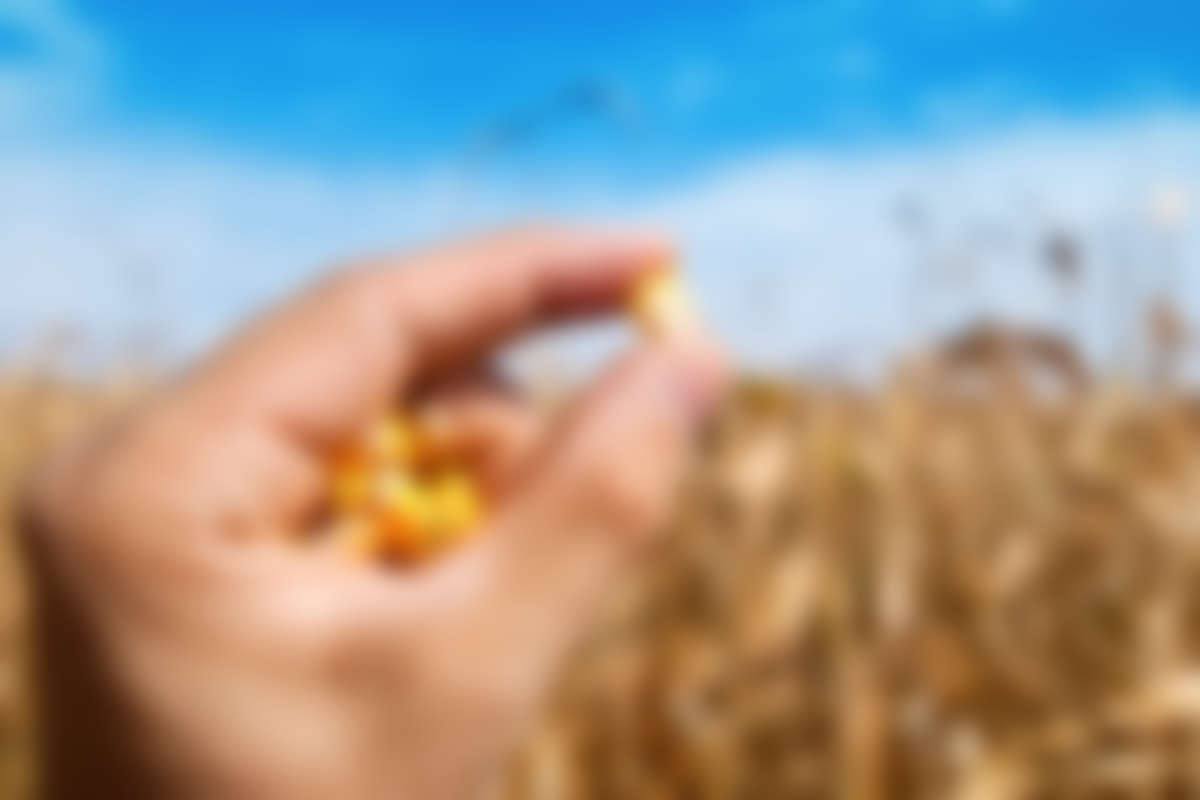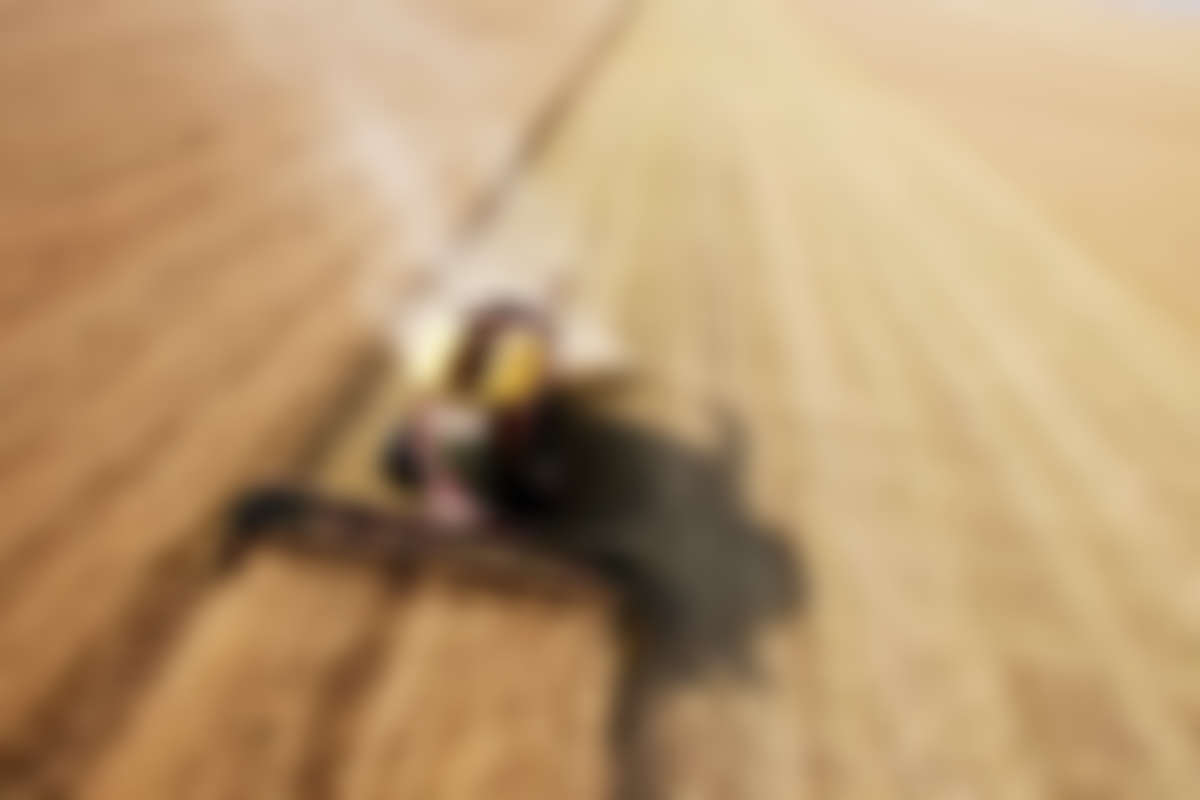Most commonly known as crop dusters, agriculture planes also perform many other functions to assist farmers. Although most crop dusters are used to spray crops with pesticide, some agriculture planes are used for seeding fields and fertilizing crops as well. Flying an agricultural plane takes special skills, as these planes usually fly at lower altitudes and must be maneuvered around obstacles as they attempt to keep seeds and chemicals contained to the fields and not on nearby homes or roadways. Covington Aircraft has been offering agricultural plane aircraft engine maintenance in its long history, and we hope you learn a bit from this brief history of agricultural planes.
First Agriculture Planes
The first agriculture plane was not actually a plane at all, but a hot air balloon with mobile tethers. John Chayton used the device to spread seed over a valley floor in New Zealand that had been swamped in 1906. In 1921, the U.S. Agriculture Department and the Army Signal Corps joined forces to develop modern crop dusting. On August 3 of that year, John A Macready piloted a modified Curtiss JN4 Jenny to spread lead arsenate to eliminate catalpa sphinx caterpillars near Troy, Ohio. The first commercial crop-dusting planes were owned by Daland Crop Dusting, which was co-founded by Lt. Harold R. Harris, a test pilot who flew alongside Macready.
Crop Dusters
Originally, agriculture planes used dry chemicals in order to treat crops, which is how they earned the name “crop dusters.” Today, the planes use liquid products in order to fertilize or treat fields for pests. It is estimated that agriculture planes provide up to 25% of the crop production products used in farming. Because they cover a larger area in a shorter time, crop dusters are the preferred method for farmers who manage large fields. Because some pests and diseases can cause significant damage in a short period, farmers rely on agriculture planes to control such problems.
Controversy
In the 1970s, environmental concerns were raised regarding the use of agriculture planes to spread pesticides, which led to more stringent regulations regarding the chemicals that could be used via aerial application. Agriculture planes and techniques used by pilots have been improved significantly over the past few decades and present day aerial application are considered to be very safe for both people and the environment.
Agriculture planes are a vital part of the farming industry as they control pests, increase crop production and sometimes provide irrigation to areas where rainfall has been less than normal.
Conclusion
While we’ve sorted planes out, next thing we will be talking about are to be best agricultural drones on the market.




